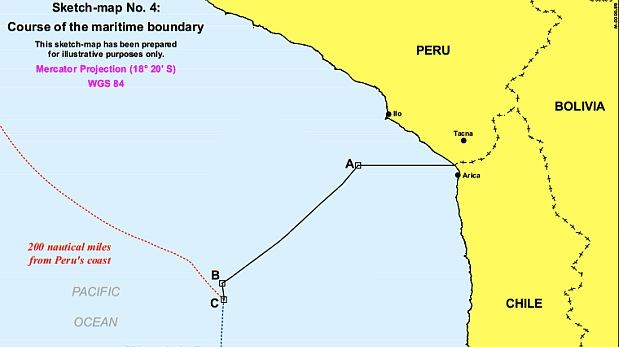According to a report from the Wall Street Journal "turmoil in emerging markets last week smacked stocks across the globe, leaving many investors worried that the selloff will get worse before it gets better".
“This correction differs from your run of the mill,” said Sebastien Galy, a New York-based senior foreign-exchange strategist at Societe Generale.
Many traders are looking at the next move in U.S. stocks for direction on how steep the global pullback will get. The S&P 500 dropped to 1790 on Friday and closed below its 50-day moving average, a technical indicator that many traders use as confirmation of the market’s short-term direction. Holding above this chart line is generally a bullish sign, whereas falling below the indicator suggests tougher times ahead.
The 50-day moving average is “on everyone’s radar screen,” said Frank Cappelleri, a sales trader at brokerage firm Instinet.
But, he acknowledged it’s still too soon to suggest a much bigger correction is coming. Recent forays below the 50-day average have been followed by quick rebounds higher, a pattern that has played out repeatedly over the past few years.
That’s why Mr. Cappelleri is reluctant to say stocks are poised for a steep pullback.
“I’m not ready to make that call,” Mr. Cappelleri said. “If you looked at any of these indicators as a reason to get out of the market over the past 14 months, you would have been wrong. I’m giving the market the benefit of the doubt.”
In more than a year, the S&P 500 has broken below its 50-day moving average five times — December 2012, and April, June, August and October of 2013. In each instance, the index bottomed within a week, and in some cases on the same day.
The lowest close below the 50-day moving average during that time was 2.7% on June 24, after a three-day run below the indicator. The market suddenly reversed course, with the S&P 500 rising in 12 of the next 14 sessions, rallying 7% during that stretch.
But now, the market is significantly higher than it was then. And many investors say stocks are long overdue for a significant pullback. The S&P 500 hasn’t had at least a 10% drop since the summer of 2011.
Turmoil in emerging markets last week smacked stocks across the globe, leaving many investors worried that the selloff will get worse before it gets better.
“This correction differs from your run of the mill,” said Sebastien Galy, a New York-based senior foreign-exchange strategist at Societe Generale.
Many traders are looking at the next move in U.S. stocks for direction on how steep the global pullback will get. The S&P 500 dropped to 1790 on Friday and closed below its 50-day moving average, a technical indicator that many traders use as confirmation of the market’s short-term direction. Holding above this chart line is generally a bullish sign, whereas falling below the indicator suggests tougher times ahead.
The 50-day moving average is “on everyone’s radar screen,” said Frank Cappelleri, a sales trader at brokerage firm Instinet.
But, he acknowledged it’s still too soon to suggest a much bigger correction is coming. Recent forays below the 50-day average have been followed by quick rebounds higher, a pattern that has played out repeatedly over the past few years.
That’s why Mr. Cappelleri is reluctant to say stocks are poised for a steep pullback.
“I’m not ready to make that call,” Mr. Cappelleri said. “If you looked at any of these indicators as a reason to get out of the market over the past 14 months, you would have been wrong. I’m giving the market the benefit of the doubt.”
In more than a year, the S&P 500 has broken below its 50-day moving average five times — December 2012, and April, June, August and October of 2013. In each instance, the index bottomed within a week, and in some cases on the same day.
The lowest close below the 50-day moving average during that time was 2.7% on June 24, after a three-day run below the indicator. The market suddenly reversed course, with the S&P 500 rising in 12 of the next 14 sessions, rallying 7% during that stretch.
But now, the market is significantly higher than it was then. And many investors say stocks are long overdue for a significant pullback. The S&P 500 hasn’t had at least a 10% drop since the summer of 2011.






